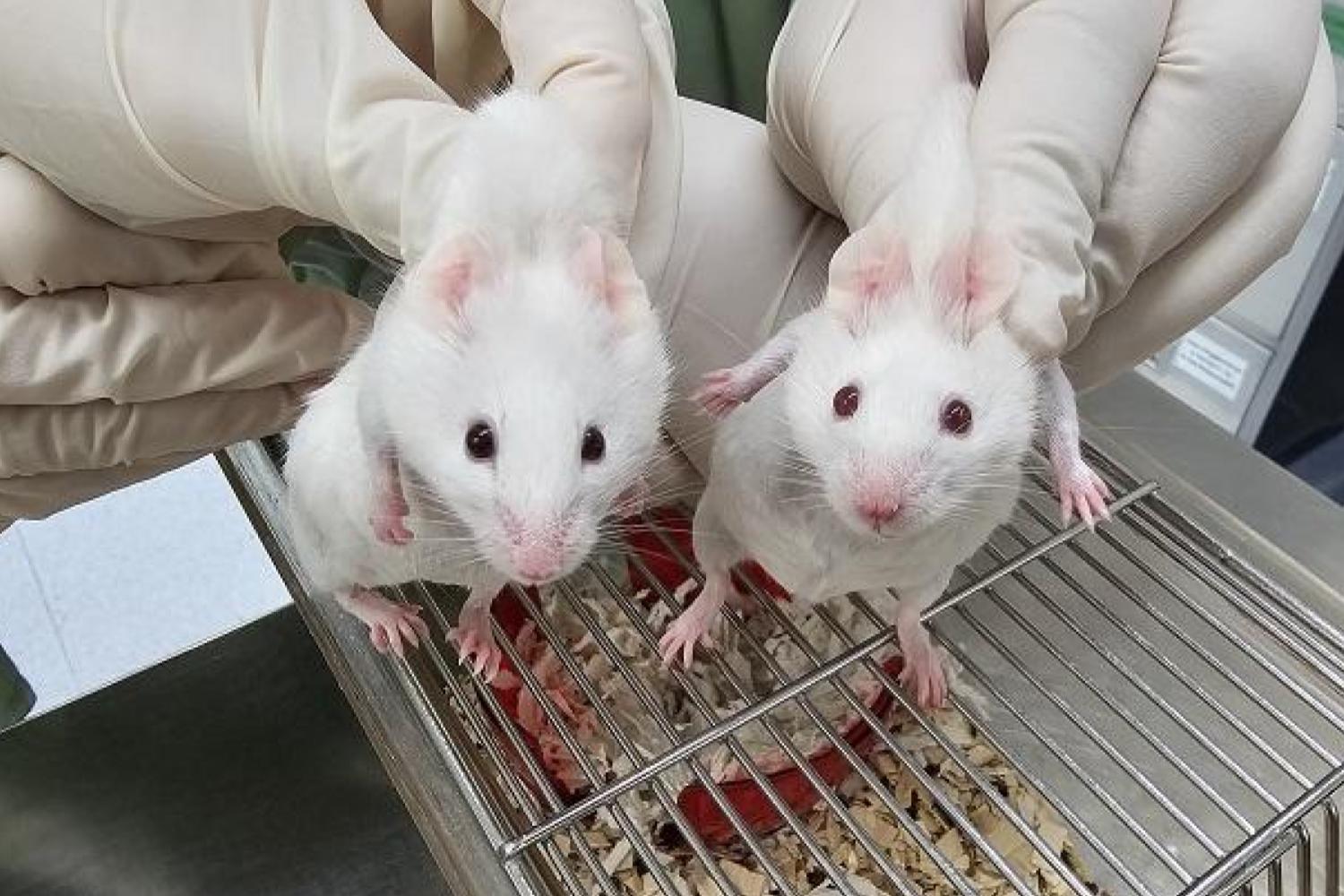Researchers recently accomplished a small biological feat: they managed to create a functional mouse stem cell, capable of giving life to a mature animal, using a gene from a very primitive organism that was thought to lack certain functions. crucial for multicellular life. A success that is full of implications for specialists in evolution and development.
This study is based first of all on a first important discovery made by two teams of researchers from Queen Mary University of London and the University of Hong Kong. Together, they made a surprising discovery in the genome of choanoflagellatesunicellular microorganisms that appeared more than 600 million years ago: they happen to have their own versions of Sox and POU. These are genes that play a central role in what is called pluripotence — the ability of stem cells to differentiate into any type of cell (neuron, heart, liver, etc.).
Pluripotency, a pillar of complex life
These two genes play an extremely important role in the history of life on Earth. Without pluripotency, complex organisms as we know them today could never have emerged, or at least not in the same way; it is thanks to this mechanism that the Earth hosts so many diverse species, made up of a host of tissues and specialized organs with well-defined functions.
Until now, it was thought that pluripotency had evolved at the same time as complex multicellular species. Gold, choanoflagellates appeared long before these animals “ modern ». They are considered the closest living relatives of the current animal kingdom, and are completely devoid of stem cells. Therefore, this discovery seems to put an end to the old interpretation.
« Choanoflagellates are single-celled organisms that do not have stem cells. Yet they have these genes that may control basic cellular processes that multicellular animals probably later reused to build complex bodies », Surprises Alex de Mendoza, co-author of the study, in a press release from his university.
« Extraordinary functional continuity »
His team therefore sought to verify this interpretation by synthesizing pluripotent cells including these primitive genes. To do this, they relied on the work of Shinya Yamanaka, who won the Nobel Prize in Physiology and Medicine in 2012 for the creation of the first induced pluripotent stem cells – mature cells “reprogrammed” to return to the stage of pluripotency , as was the case at the beginning of their life cycle.
Using techniques pioneered by Yamanaka, they reprogrammed the genome of mature mouse stem cells by replacing their modern Sox gene with the version found in choanoflagellates. They then injected them into mouse embryos at an early stage of development. At the end of the procedure, they obtained healthy mature mice, thus proving that the cells had indeed returned to the stage of pluripotency and, above all, that these primitive genes were functionally similar to those found in multicellular animals. .
This is evidence full of implications for biologists specializing in the mechanisms of development and evolution, because it seems to reverse previously established causality. This work strongly suggests that the emergence of genes associated with pluripotency is not not a consequence of the great evolutionary shift that led to the appearance of complex multicellular life, but rather one of its causes. Therefore, the evolutionary journey of some species may need to be reconsidered, with potentially profound implications for the rest of their family tree.
« The creation of these mice using molecular tools derived from our unicellular parents reflects extraordinary functional continuity over nearly a billion years of evolution », summarizes de Mendoza. “ The study implies that key genes involved in stem cell formation may have arisen much earlier than stem cells themselves, perhaps helping to pave the way for the multicellular life we see today », he concludes.
The icing on the cake is that this study could also be of very concrete interest in the field of regenerative medicine. Since the publication of Yamanaka’s work, many laboratories have been looking for ways to use induced pluripotent cells to create new stem cell-based therapies that could treat or cure diseases that are currently incurable. Work of this type, which offers us a new perspective on the origins and mechanisms of pluripotency, could pave the way for real progress in this area.
The text of the study is available here.
🟣 To not miss any news on the WorldOfSoftware, , .


/cdn.vox-cdn.com/uploads/chorus_asset/file/25008888/DSCF3714.jpg)








